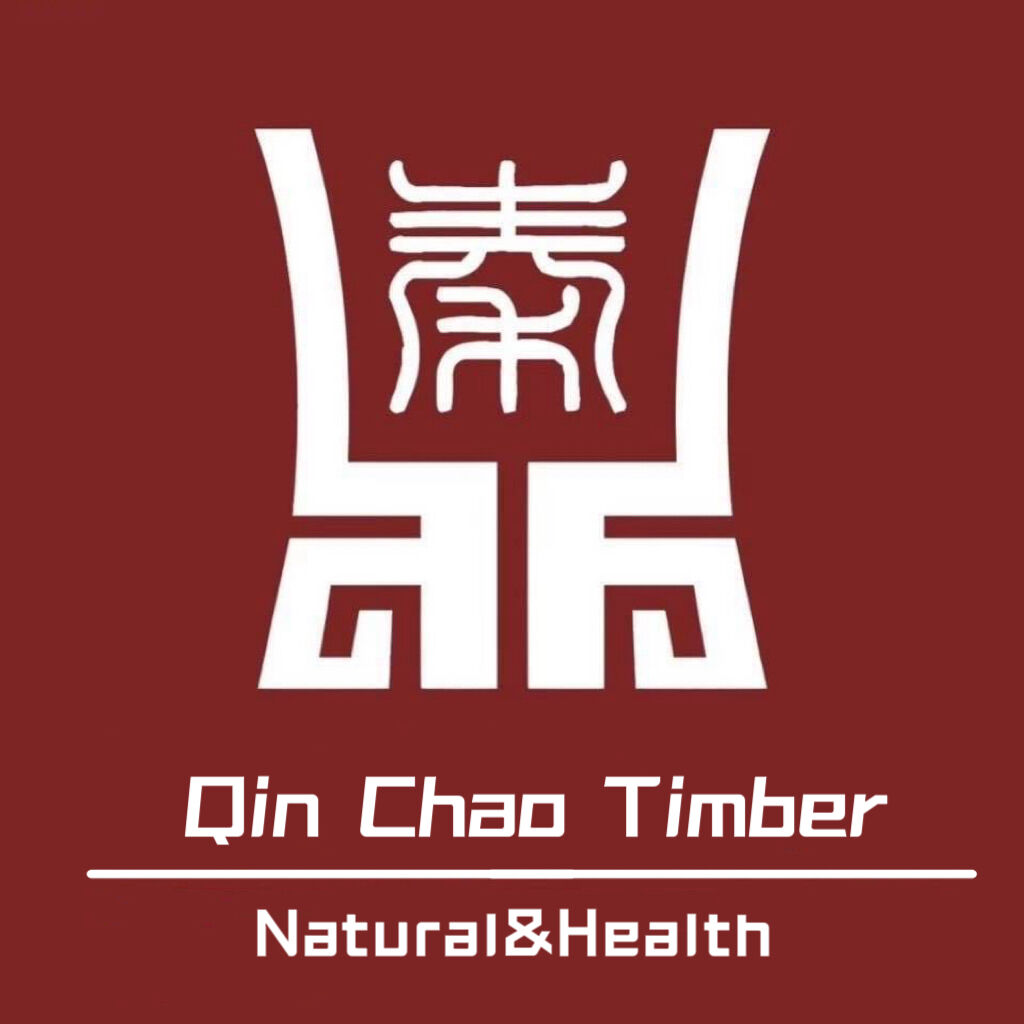An innovative and sustainable material, Thermowood is gaining traction within construction and design industries. In this article, we discuss thermowood exterior cladding's versatility and aesthetic durability along with its environmental benefits.
The Aesthetic Appeal of Thermowood
The combination of warm wood tones with rich textures gives buildings a really sophisticated appearance. Natural grain patterns add character that makes properties stand out from their neighbors. Thermowood cladding works wonders for curb appeal whether it's on city apartments or rural estates. Many designers and property owners appreciate how these materials bring warmth into spaces. There's something特别 about the way light plays off the surface that creates an inviting feel most people associate with comfort and quality living.
Durability And Longevity
What really sets Thermowood apart from other materials is its structural strength. The thermal treatment gives it excellent resistance against moisture damage, insects, and decay, which explains why it works so well outdoors. Traditional wood tends to warp and crack when exposed to extreme weather, but Thermowood stands up to these challenges without breaking down over time. This means outdoor structures built with Thermowood maintain their appearance and functionality much longer than standard lumber options would.
Environmental Benefits
Sustainability matters more than ever these days, especially with climate concerns dominating headlines worldwide. Thermowood emerges as a genuinely green alternative in this landscape. The material comes from responsibly managed forests where trees are replanted after harvesting, and manufacturing processes require far fewer harsh chemicals compared to traditional wood treatments. Plus, they need about 30% less energy during production according to recent studies. What really sets thermowood apart though is its remarkable longevity. A building wrapped in thermowood cladding can stand strong for decades without showing signs of decay or warping like regular wood would. This means fewer replacements down the road and significantly less construction waste ending up in landfills. Architects love incorporating thermowood into their designs because it works beautifully with contemporary aesthetics while maintaining harmony with surrounding natural environments.
Design Adaptability
Thermowood offers incredible flexibility when it comes to design modifications based on what clients want, resulting in truly customized creations. The material responds well to different cutting techniques and finishes, giving architects and interior designers plenty of creative options. We see this versatility in action across various projects - modern buildings with smooth, elegant exteriors made from thermowood panels stand alongside historic structures where the wood takes on a more traditional appearance after treatment. When processed using the thermal preparation method that warms the wood thoroughly, these materials consistently meet expectations whether for residential spaces or commercial developments.
Industry Trends and Future Outlook
The growing demand for sustainable building materials has opened new opportunities for thermowood products in the construction industry. These innovative wood treatments show promise as they can help companies maintain steady growth in this sector. As concerns about pollution become more widespread, people are beginning to accept these eco-friendly alternatives. Improved hybrid finishing techniques combined with increased public awareness have boosted the popularity of green products. Builders no longer need to rely on traditional fillers when considering material options. Instead, they're asking important questions about sustainability that will keep this market growing naturally. The construction field needs fewer replacements and more thoughtful solutions that blend aesthetics with functionality. Industry experts predict regular updates to these technologies over time, giving architects and designers plenty of material to work with while developing forward-thinking approaches that match practical needs with creative possibilities.


 Products
Products